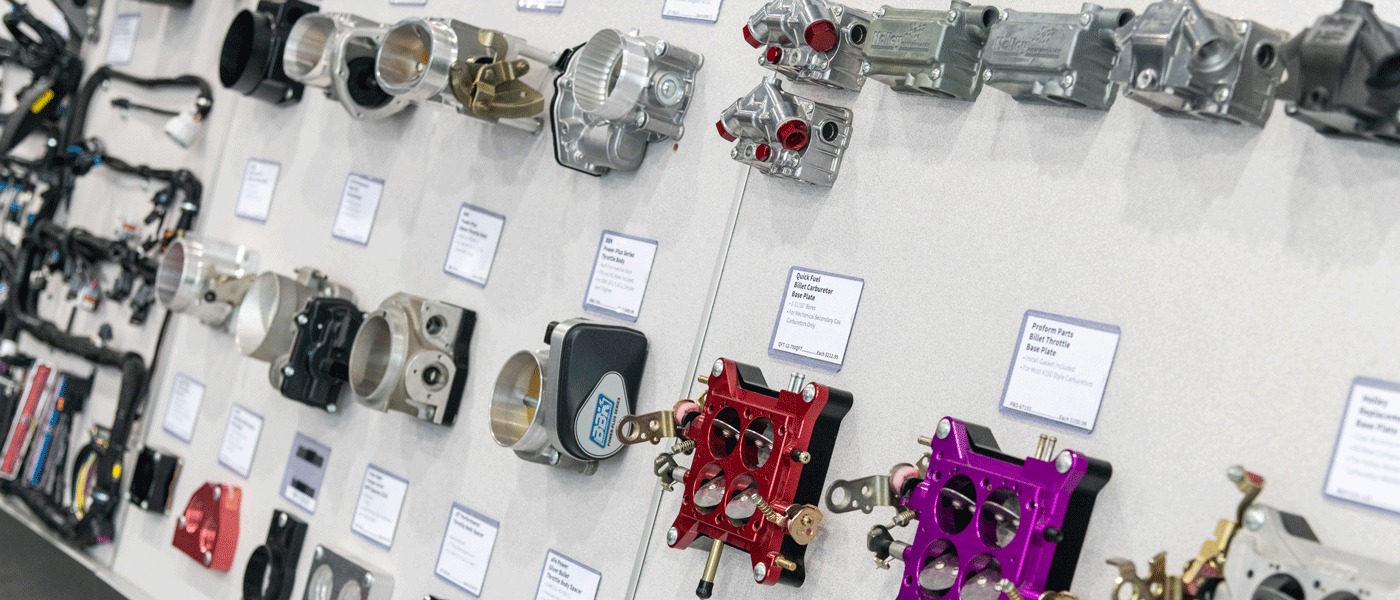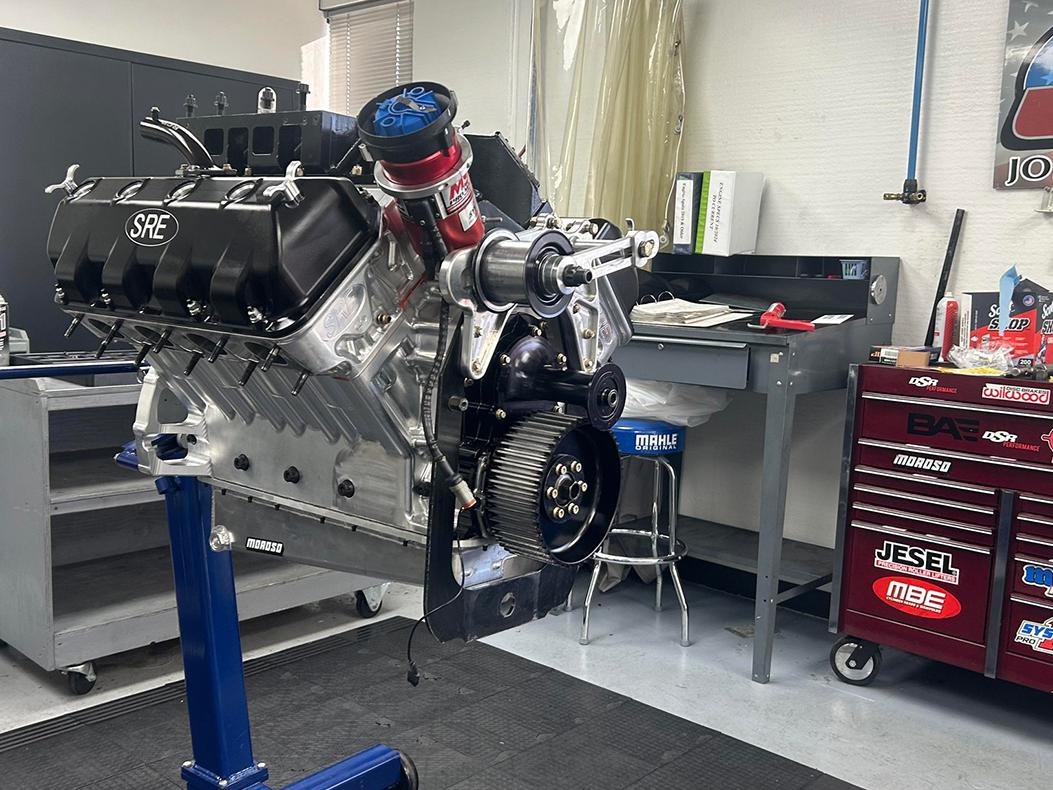How Inflation May Actually Help You Boost Profits

Business expert and PRI Show presenter Tom Shay shares pricing strategy insights to help raise retailers’ bottom lines.
A story is told about how a popular country music song was created. Toby Keith and Clint Eastwood were playing golf one day. Keith asked Eastwood how he remained so youthful and active. Eastwood responded that he “don’t let the old man in.”
Keith liked the response and went home to write a hit song by the same title. The song is about one’s outlook on life and remembering to do what are the special items in your life. The part of the song that catches our attention is, “how old would you be if you didn’t know the day you were born?”
While the question definitely ties to the rest of the lyrics, we know there are several areas in business where it could also apply. Today we are going to look at the question with consideration to the prices we charge our customers for both products and services.
What Would You Charge For Something If You Did Not Know The Cost?
In business conversations, we often establish a timeline based on the pandemic, which began in the US in March 2020. With a few days left in 2022, the inflation rate since the start of the pandemic has been 11.8%, according to one method. That means a $10 item purchased in March 2020 costs $11.80 at press time. Another form of calculating the inflation rate would see the $10 purchase now being $14.68.
Inflation is a justified concern with products we purchase, services we utilize, and definitely with payroll in our business. Most likely, we have all found ourselves expressing concern about the increase in costs of some product or service. Not that inflation will continue forever, but everyone has a certain degree of “numbness” in experiencing a price increase. Hence, price increases can work in our favor when it comes to establishing our prices for products and services.
Real-World Examples
One year while teaching a seminar on pricing strategy at the PRI Show, I had the audience repeat, “What would you charge for something if you did not know the cost?” as the basis for my lesson. When you are selling something, the last thing to take into consideration is the cost. You base the selling price on your determining what you think a customer will pay for the item.
While many were in attendance, I had an interesting experience with an owner.
“I see you are going to teach your class on how to price this afternoon. I have been to it before,” was the comment from the first person walking into the room.
And while I explained this would be the first time I had taught the class at PRI, this person explained they owned multiple businesses and had heard the class at a trade show for one of their other businesses many years ago.

He shared, “After the show, I went home and talked with my manager about what you had said. I pulled a product off the shelf and told him how much we could increase the price by using your technique. As fate would have it, that same afternoon, a customer came into our showroom and asked for help in selecting that exact product. The customer asked how much it was, and I took a chance by telling him a price according to your methodology. The customer thought the price was fair, and we had a sale. I took this as a sign that we should implement your pricing lessons. That was in 2007. Because of the great recession of 2008, our sales dropped by 15%, yet we made more profit. Our sales dropped another 15% in 2009, and we made even more profit. If it had not been for what you taught, we would have closed the doors permanently.”
That’s a firsthand testimonial that correlates with our question, “what would you charge for something if you did not know the cost?”
Five-Point Strategy For Changing Prices
Well, what was the lesson that I taught? It was a five-point strategy for changing prices. First, take a look at the techniques and then remember what this one dealer said.
Everyday Sale Price - You know what your competition advertises, but have you ever taken the time to make a list of these items? You will be pleasantly surprised to find a relatively small number of items that your customer knows the price of. Matching the competition’s price on these items cancels their tremendous advertising advantage.
Price Sensitive Items - This group can contain two types of items; the first being those which are related to an everyday sale price item. The customer may know the price of the item they came to purchase, but what about the accessories? These are the items on which you can make a decent margin. This price-sensitive group can also contain items which are similar, but not identical, to what your competition carries. A simple example we see every day: years ago, there was only one size of a Milky Way bar, and everyone knew the price. Today, that manufacturer makes several sizes and combinations of the number of bars in a package. A customer can’t know the price of each of them.
The customer may be asking for an item they saw in the competition’s advertising, but you are stocking an item with the same features. Your item may be superior, and for that, you can charge a minimal additional amount. Usually, this amount can be up to 10% more, but no more than four dollars.
Promotional Priced Items - The items contained in this group are the ones you advertise with. While you may sometimes include items that are also found in the ads of the competition, your advertising should be separate from theirs. Allow your advertising to tell your story to the consumer by showing the products you have chosen to carry and the services you offer. For this plan, your employees must be aware of the advertisement, where each advertised product is located, and how to properly use and install each of the advertised products. With the limited budget for advertising, you cannot afford to shoot yourself in the foot by having employees lacking expertise.
Blind Priced Items - After determining the items that fall into the first three groups, thousands of items remain available for sale. What are the prices of these items? Those that fall into the blind price category, the answer is, “nobody knows.” Unfortunately, these are the items that, too often, have a price substantially less than what the market is willing to pay. Other than through the process of elimination, you can find these items by shopping the competition. Make a point to note the price on ten items every time you or someone from your business visits their store. Many may be surprised to see how much less you charge for some of these items. There is no advantage or reason to have the lowest price in town on any item you sell.
Price Rounding Items - I would like to share one more strategy with you. From years of experience, I found this unique pricing technique to be quite profitable. Think about the products you sell with a price of two dollars or more (probably just about everything in the store). Then, look at all the different prices. You don’t really need to have all of them.
For everything you sell between two dollars and ten dollars, you can round up the prices to where the items end with .29, .49, .79, and .99 cents. For products between ten and twenty dollars, round up the prices to end in .99 cents. From twenty dollars to fifty dollars, have your prices end with 1.99, 2.99, 4.99, 6.99, 7.99, and 9.99 (i.e. 31.99, 32.99, 34.99, 36.99, 37.99, and 39.99).
For items of fifty dollars and above, use the same formula for rounding up as above, making a small change to eliminate the 2.99 and the 6.99 levels. Over $100, you can round everything to end with 9.99.
What does all of this change in rounding up do for you? For a dealer with annual sales of $750,000, you will see an additional $25,000 appear on your bottom line. All these pricing strategies work very well with each other.
The benefits you will receive are the perception with your customer that your business is priced competitively and a substantial increase in your net profit.
Business expert Tom Shay is the owner of Profits Plus Solutions in Dardanelle, Arkansas, and has presented retail-focused seminars at the PRI Trade Show in Indianapolis, Indiana.
 MEMBERSHIP LOGIN
MEMBERSHIP LOGIN JOIN PRI
JOIN PRI


